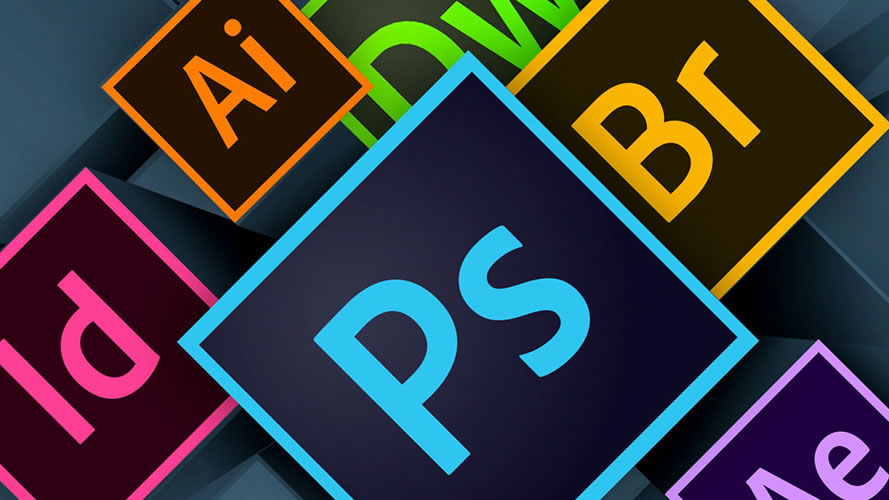Discovering the Numerous Sorts Of Logo Design Style: Why Each Style Issues on the planet of Graphic Style
The expedition of numerous logo style kinds reveals their critical duties fit brand name identity within the graphic design landscape. Each design-- ranging from wordmarks to abstract icons-- provides unique benefits in communication and acknowledgment. Understanding these subtleties is crucial for designers aiming to develop visuals that not only stand out yet additionally foster psychological links with their audiences. As we take into consideration the ramifications of these styles, it ends up being noticeable that the choice of logo design can significantly affect a brand name's assumption and success in a crowded market. What factors should be focused on when choosing a logo design design?
Wordmarks and Letterforms
Wordmarks and letterforms serve as crucial components in logo style, enveloping a brand's identification via typographic expression. These logo designs mostly make use of font as the main style attribute, frequently counting on customized typography to convey an unique individuality. Unlike pictorial logos, wordmarks concentrate on the trademark name itself, enabling better focus on readability and memorability.
The performance of a wordmark hinges on its ability to interact the essence of a brand with precision. graphic design agency vancouver. A well-crafted wordmark can evoke emotions, share professionalism and trust, or show playfulness, relying on the picked font and designing. A sleek, sans-serif font might suggest modernity and technology, while a serif typeface can evoke practice and integrity.
Brands such as Google and Coca-Cola exhibit effective wordmarks that reverberate with consumers, demonstrating just how efficient typography can reinforce brand recognition. Eventually, letterforms and wordmarks are powerful tools in logo layout, shaping assumptions and fostering links in between brand names and their audiences.
Iconic Logo Styles
Beyond wordmarks and letterforms, legendary logo designs play a crucial duty in establishing brand identification via visual meaning. These logo designs envelop the significance of a brand name in a single, remarkable image, commonly transcending language barriers and social distinctions. Iconic logos utilize straightforward forms and imagery to communicate complicated ideas, making them relatable and promptly identifiable to customers.
A vital attribute of iconic logos is their ability to evoke associations and feelings. The apple shape of Apple Inc. recommends advancement and simpleness, while the swoosh of Nike shares motion and speed. These designs leverage aesthetic hints to create a link with the audience, cultivating brand name commitment.

Abstract Logo Styles
Abstract logo designs use brand names a distinct chance to share their identity through non-representational images, allowing for a better level of imaginative freedom. This design technique counts on shapes, colors, and develops to stimulate feelings and associations without the restraints of literal depiction. By employing abstract elements, brand names can craft an unique identity that reverberates with their target audience on a deeper, much more subconscious degree.
The convenience of abstract logos makes them suitable for various industries, from innovation to fashion, as they can symbolize countless ideas like class, development, or dynamism. By using vibrant shades and unique forms, abstract logo designs can create memorable impacts, aiding brand recall and distinction in a congested marketplace.
Furthermore, abstract logos commonly permit scalability and flexibility throughout different mediums, making sure uniformity in branding whether on digital platforms or physical products. This versatility makes them especially appealing for businesses aiming to establish a modern and dynamic image - best design agency vancouver. Inevitably, the performance of abstract logo design designs depends on their capability to transcend cultural and linguistic obstacles, enabling brand names to connect with a worldwide target market while preserving an air of elegance and intrigue
Typical Logos
Typical logo designs are characterized by their detailed styles that usually combine text and images within an included form, creating a cohesive symbol that represents a brand name's identification. This style usually features detailed aspects that like it share specific definitions or worths connected with the brand name, making them specifically efficient for companies that desire to evoke tradition, authority, or heritage.
Often seen in industries like education, government, and auto, characteristic logo designs have a timeless high quality that allures to customers' imp source feelings. The shield-like or round shapes commonly used in these logo designs show a sense of security and credibility. In addition, the combination of message and images ensures that the trademark name is plainly displayed, enhancing brand name recall and recognition.

Mix Marks
Mix marks effectively mix text and imagery right into a solitary natural style, making them one of one of the most functional logo design designs available. This style method integrates both an icon and a wordmark, permitting brand names to communicate their identity through several visual elements. The synergy between text and images enhances recognition, as audiences can connect the brand name with a memorable visuals, developing a stronger overall impact.
One of the crucial advantages of combination marks is their versatility. They can be easily resized and utilized throughout various systems, from business cards to massive signage, without shedding clarity. Furthermore, these logos enable for versatility throughout branding and advertising and marketing initiatives, as the text can be emphasized or minimized relying on the context.
Brands such as Adidas and Burger King exhibit the effectiveness of mix marks, as their logos effortlessly incorporate text with distinct graphics. This combination not just fosters brand name recognition however likewise communicates the essence of the brand effectively. In an affordable market, combination marks stick out as an effective device for developing a solid aesthetic identity while ensuring the brand explanation message remains remarkable and clear.
Verdict
Each style-- wordmarks, iconic designs, abstract forms, representative logos, and combination marks-- adds distinctly to brand identification and recognition. By properly communicating messages and stimulating feelings, these logos not only differentiate brand names in an affordable market however likewise foster customer links.
The expedition of different logo style types reveals their vital duties in forming brand identity within the visuals style landscape.Wordmarks and letterforms serve as essential elements in logo layout, enveloping a brand's identification via typographic expression. Inevitably, letterforms and wordmarks are effective devices in logo layout, shaping perceptions and cultivating connections between brands and their audiences.
Beyond wordmarks and letterforms, legendary logo designs play a critical duty in establishing brand name identification via aesthetic importance. Each design-- wordmarks, legendary styles, abstract forms, emblematic logos, and combination marks-- contributes uniquely to brand identity and acknowledgment.